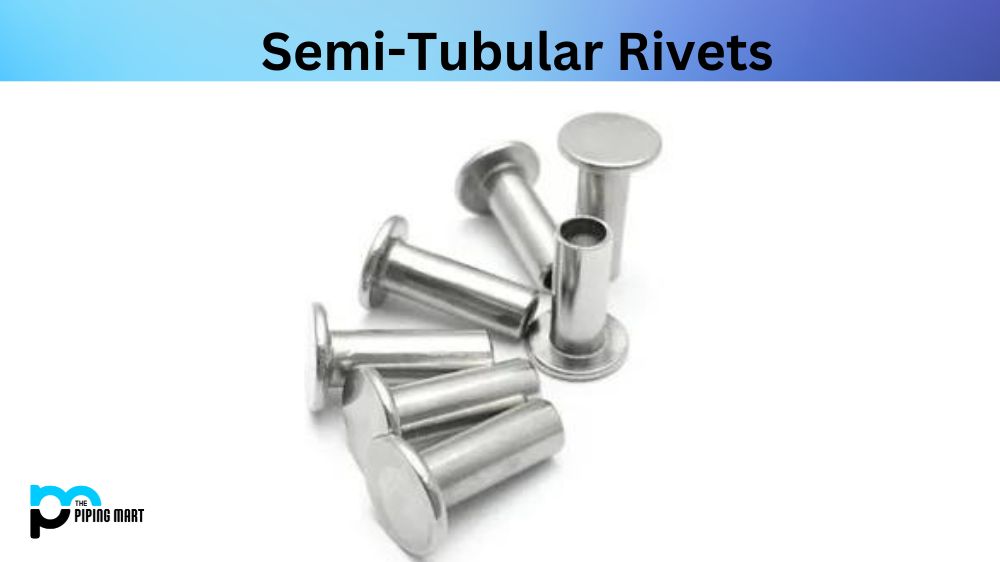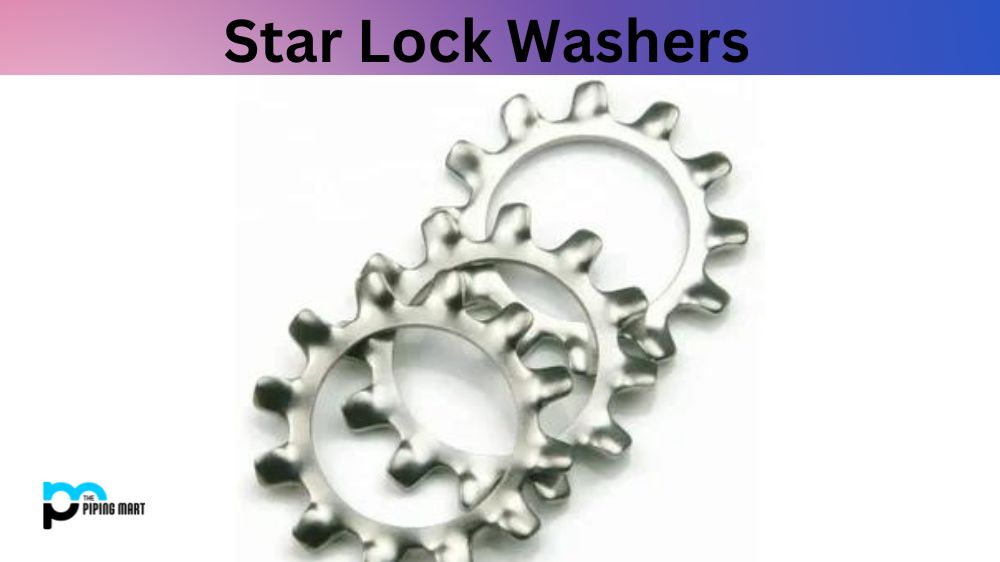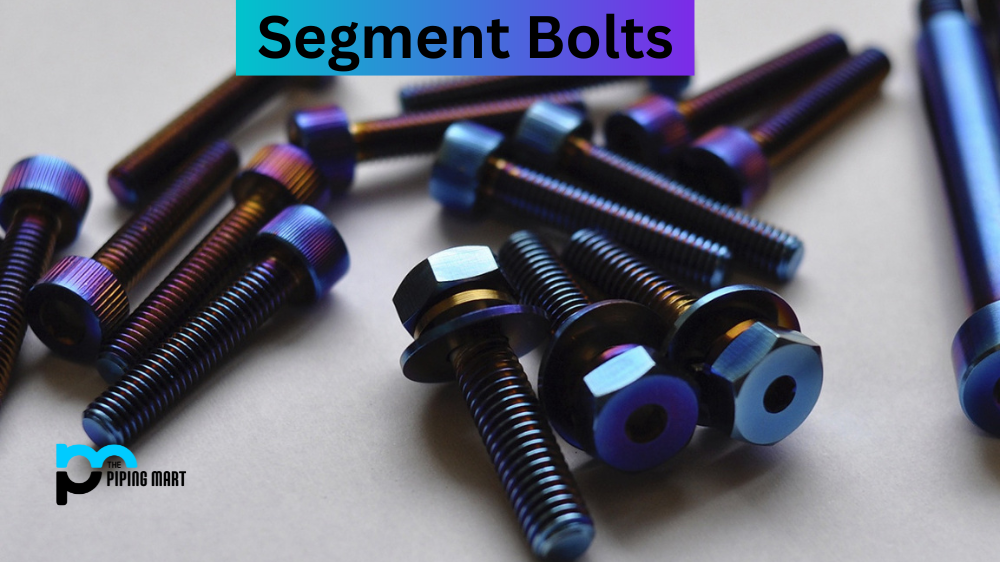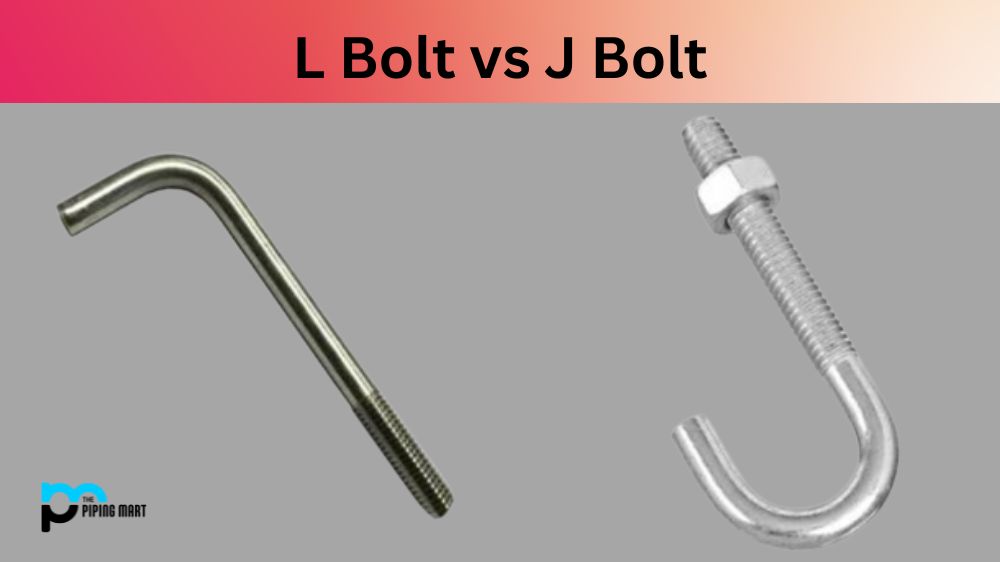Semi-tubular rivets are a type of rivet commonly used in diverse applications across various industries such as automotive, aerospace, construction, etc. In this blog post, we will discuss the properties, uses, and applications of semi-tubular rivets to provide an insight into what they are and how they can benefit different industries.
What is Semi-Tubular Rivets?
Semi-Tubular Rivets are a type of mechanical fastener, typically made of steel or aluminum. They feature a hollow body filled with either cylindrical or conical heads at both ends. The rivet is inserted into pre-drilled holes in the materials to be joined. Upon applying heat and pressure, the rivet expands and creates a secure bond between the components. This makes semi-tubular rivets an ideal fastening solution for various applications such as automotive parts, aviation components, appliances, furniture and more.
Semi-Tubular Rivets Properties:
Semi-tubular rivets are made of various materials, including steel, brass, and aluminium. They are characterized by their cylindrical shank having a flat or oval-shaped head on one end and an open hole on the other end. The shank is partially hollow, which gives semi-tubular rivets their name. They typically range in diameter from 1/32 inch to ¼ inch. Semi-tubular rivets have partially formed or rolled heads, making them easier to work with than full-tubular rivets.
Semi-Tubular Rivets Uses and Applications:
Semi-tubular rivets are commonly used in numerous applications that require a permanent fastening mechanism. They can attach nameplates, labels, and tags to metal products or cables and wires to electronic components. Semi-tubular rivets can also be used to construct trailers and other commercial vehicles. They are an ideal fastener for joining metal plates or non-ferrous materials that require a low profile or flush finish.
Advantages of Semi-Tubular Rivets:
Semi-tubular rivets offer several advantages over other fastening methods. They are easy to install, require minimal skill and tools, and eliminate the need for threaded holes and nuts. The gap between the rivet and the workpiece allows for movement and flexibility in the joint, which is especially useful in applications with stress on the joint. Semi-tubular rivets are also ideal for high-speed assembly lines, providing a quick and efficient means of fastening materials.
How to Use Semi-Tubular Rivets:
Installing semi-tubular rivets is a simple process that requires a rivet setter tool, a backup plate, and a hammer. First, a hole is drilled through the materials to be fastened. The backing plate is then placed on the opposite side of the hole, and the rivet is inserted from the other side. The setter tool is placed on the end of the rivet, and a hammer is used to strike the tool, forcing the rivet to roll outward and form a head. The shank of the rivet is then trimmed or cut to create the desired length.
Conclusion:
Semi-tubular rivets are essential in many industries due to their versatility and durability. They are available in various shapes, sizes, and materials, making them ideal for various applications. Their low profile allows them to provide a flush finish while also offering strong holding power. If you are working on a project that requires semi-tubular rivets, it is essential to remember the properties, uses, and advantages of these fasteners to ensure their proper installation and application.
Meet Heer, a dynamic and driven writer learning tricks of her trade in the metal industry. With a background in Digital Marketing, Heer brings a unique perspective to her writing, sharing valuable insights. Apart from blogging she like reading and hiking.




